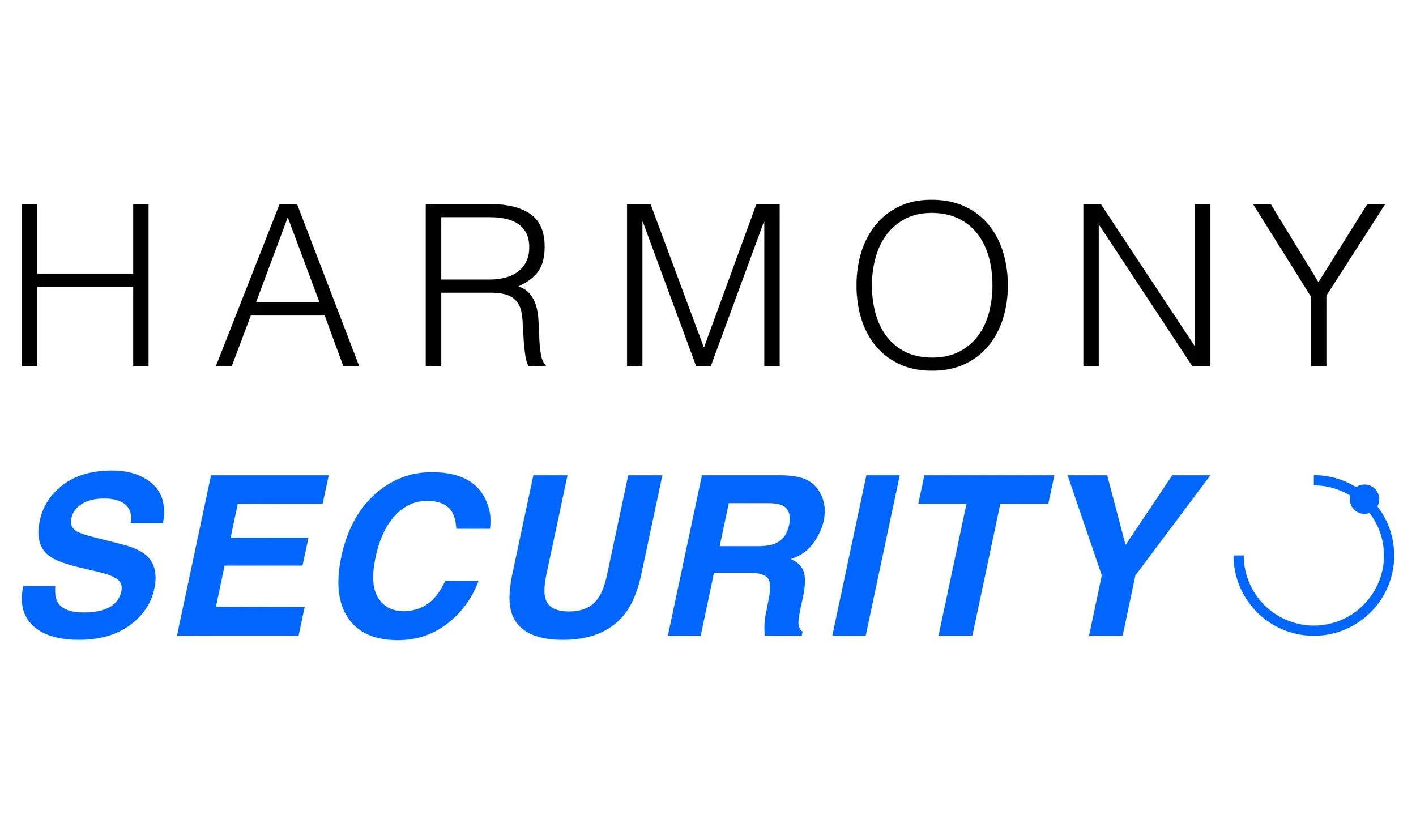Private Security in El Salvador: What Is the Cost of Adding Technology?
What’s the cost of adding technology to private security in El Salvador? Learn how GPS, AI cameras, and remote monitoring reduce risks and optimize costs.
When families or businesses in El Salvador consider hiring private security, one of the first questions is: how much does it really cost? The answer depends on the type of service you choose:
Traditional private security with physical guards, or
Modern, technology-driven security using GPS tracking, artificial intelligence, and digital access control.
This article explains how costs differ, what advantages each model offers, and why combining both approaches often delivers the best return on your security investment.
Traditional Private Security: More Presence, Higher Cost
The most common model in El Salvador is assigning guards in daily shifts. It usually includes:
Armed or unarmed guard.
Direct perimeter supervision.
Manual incident reports.
👉 Advantage: Immediate deterrence thanks to physical presence.
👉 Limitation: Costs rise quickly when more guards are needed to cover larger areas.
At Harmony Security, we provide professional private security services with trained personnel adapted to homes, businesses, and residential communities.
Technology-Based Security: Efficiency and Savings
Adding technology allows you to do more with fewer resources.
Examples include:
GPS tracking for vehicles and staff.
AI-powered video surveillance to detect suspicious behavior.
Digital access control for residences or companies.
24/7 remote monitoring, reducing the need for multiple guards on-site.
👉 Advantage: Can cut operational costs by 30–40% compared to guard-only setups.
👉 Limitation: Requires an initial investment in equipment, but it quickly pays for itself through monthly savings.
These solutions are part of our electronic security services, designed for homes, businesses, and gated communities in El Salvador.
Direct Comparison: Traditional vs. Technology
Instead of a table, here’s a clear side-by-side breakdown:
Initial Investment: Traditional security has low upfront costs, while tech-based setups require equipment and software.
Monthly Costs: Guard-only models are more expensive long term; technology reduces ongoing payroll costs.
Coverage: A guard’s field of view is limited; cameras and sensors expand coverage significantly.
Scalability: Traditional setups need more staff; technology scales easily by adding devices.
Added Value: Traditional provides visible deterrence; technology adds data, reporting, efficiency, and savings.
Common Objections — Answered
“Technology is too expensive.” → The upfront cost is offset within months by reduced payroll and operational expenses.
“I prefer having a guard on-site.” → Technology enhances, not replaces, guards. One guard supported by technology can supervise more effectively.
“What if the system fails?” → Equipment comes with technical support and remote monitoring to ensure continuity during incidents.

